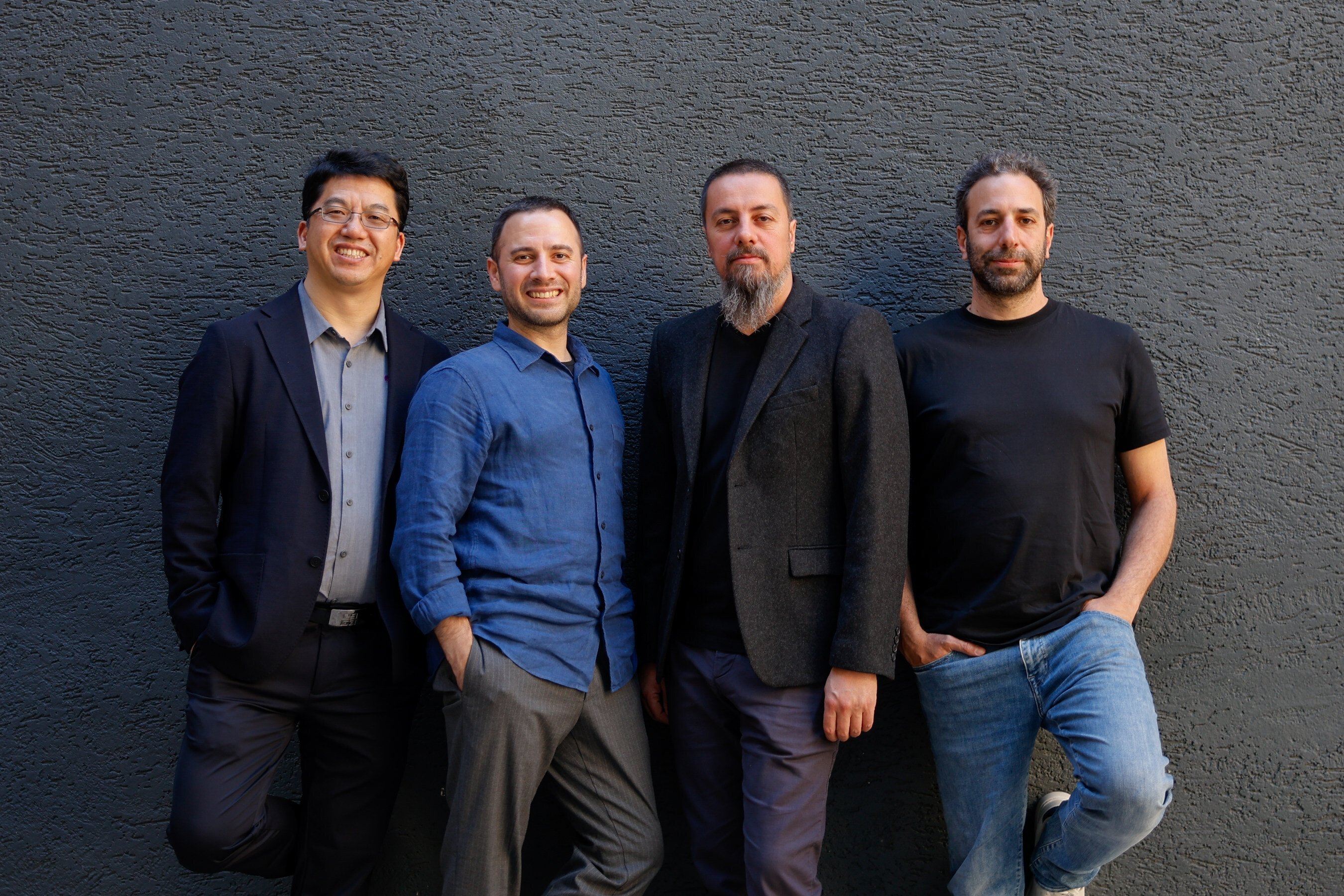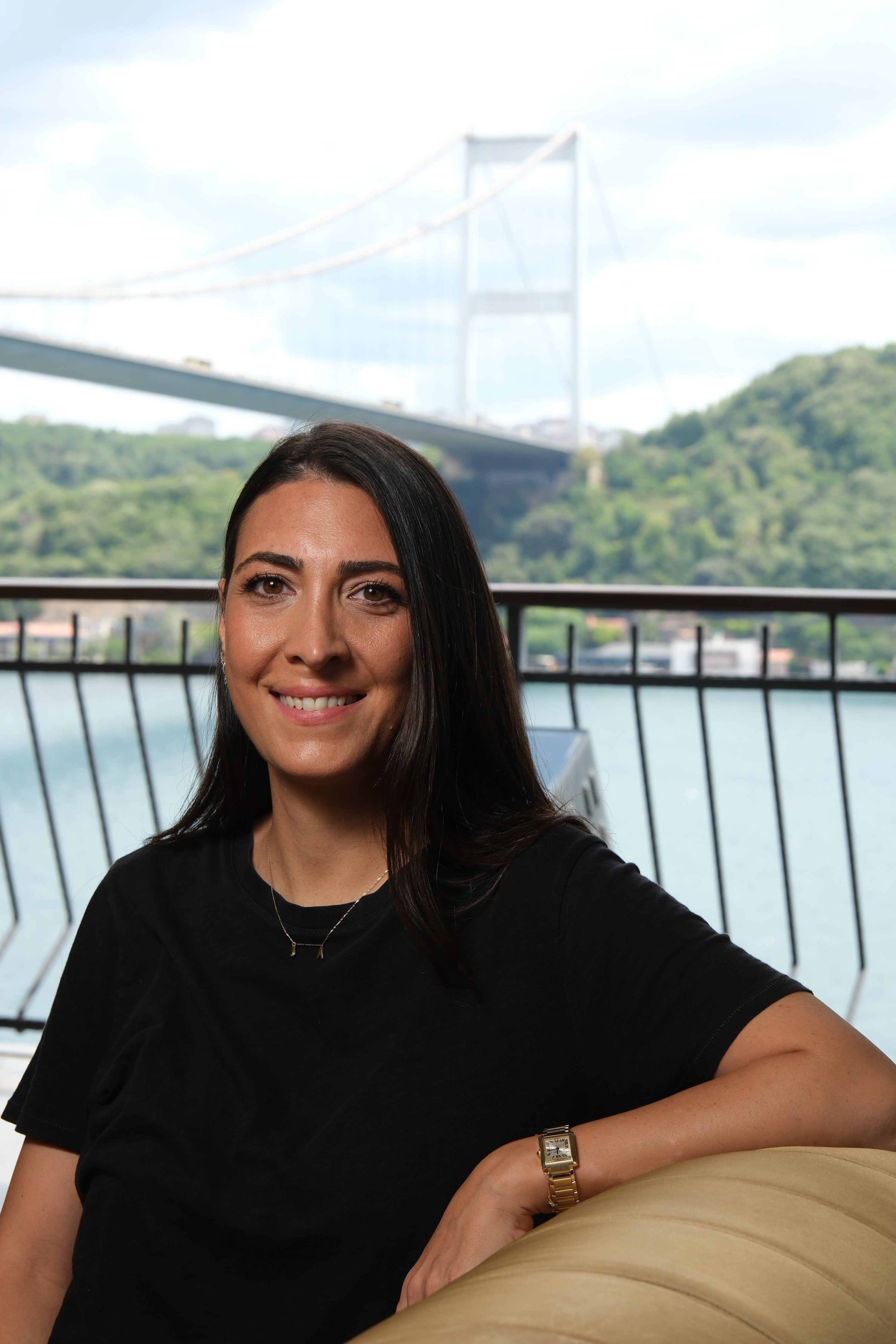Around the world, new applications and technologies are continuing to offer hope for the inclusion of children with disabilities in education.
As part of the “Günışığı” (Sunlight) project, the TahtApp application, developed to support the classroom education of visually impaired children, will be available in 50 more schools for the 2024-2025 academic year.
The main aim is to allow these youngsters to continue their education under equal conditions alongside their peers, according to Ümit Önal, CEO of Türk Telekom.
“Through our Günışığı project, the early intervention education we provide for visually impaired children and the TahtApp application we have developed makes it easier for them to receive education in the same schools as their peers, enabling them to participate in the social life on equal terms,” said Önal.
“We will continue to transform technology into goodness and benefit by launching our project in new cities and schools each year.”
50 new schools
The Günışığı project is conducted in partnership between Türk Telekom and the Association for Barrier-Free Living (EyDer).
The TahtApp application, developed to support the classroom education of visually impaired children, will continue to be a beacon of hope for these children in the new academic year.
So far, TahtApp has already been installed in 50 schools across 14 provinces, enabling visually impaired children to follow classroom lessons in real time alongside their peers.
The project, which expands to new provinces and schools each year, plans to activate the TahtApp application in 50 more schools during the 2024-2025 academic year. Awareness seminars for educators and non-disabled peers will also continue as part of the project.
Applications for the visually impaired
Türk Telekom’s TahtApp application is a mobile app that instantly transfers text and drawings from the board to the phones of visually impaired individuals.
Similarly, many innovative applications and solutions worldwide have been developed for visually impaired and other disabled individuals.
Here are a few examples:
- Be My Eyes: An app where volunteers assist visually impaired individuals via video calls. Users can connect with a volunteer when they need visual assistance.
- Aira: This app allows visually impaired individuals to better understand their surroundings with the help of a viewing device. Users can receive real-time help from Aira’s trained experts for directions or information about their environment.
- Seeing AI: Developed by Microsoft, this AI-powered tool can read texts aloud and identify objects in the environment using a camera.
- KNFB Reader: An app that allows visually impaired individuals to scan and listen to texts aloud, particularly effective for written documents and books.
Overcoming speech, hearing, and mobility barriers
- Proloquo2Go: An application developed for speech-impaired individuals that enables communication using symbols and text. It is especially useful for individuals with autism and other speech disorders.
- Wheelmap: A mapping app that shows wheelchair-accessible locations worldwide. Users can mark the accessibility of restaurants, shops and public buildings.
- RogerVoice: An app for the hearing impaired that converts phone conversations into text in real time, allowing them to communicate easily over the phone.
- Liftware: A spoon designed for individuals with tremors and motor skill disorders. The electronically balanced spoon helps people with conditions like Parkinson’s disease eat more comfortably.
Huma and Arf’s financial solution receives a $38 million investment
Huma and Arf, a partnership facilitating the use of blockchain-backed financial solutions to address global payment network issues, have announced that they had raised $38 million in funding for the first Payment Financing (PayFi) network.
The investment in Huma demonstrates growing investor interest in blockchain solutions for payment networks worldwide.
The equity round was led by Distributed Global, with significant participation from Hashkey Capital, Folius Ventures, the Stellar Development Foundation and TIBAS Ventures, the corporate venture capital (CVC) arm of Işbank, the largest private bank in Turkiye.
Huma, which helps users meet their liquidity needs anywhere in the world, decided in April to merge with Arf, which provides digital asset-based working capital loans to licensed financial institutions.
Huma and Arf aim to solve the liquidity gap problem caused by blockages in various payment financing tools such as credit cards and international money transfers. These two ventures, which address problems that traditional financial institutions cannot solve, aim to expand PayFi to a wider audience.
Bridging liquidity gap
Globally, most businesses and individuals depend on some form of payment financing. For example, credit cards alone finance $16 trillion in merchant payments worldwide, while trade finance facilitates $10 trillion in B2B payments.
One in six families relies on remittances, money sent back home across the borders, yet even that system depends on trillions of dollars being locked in pre-funding accounts. This list goes on.
As the demand for payment financing continues to grow, the need for more innovative solutions has become urgent. Traditional financial institutions are either unable or unwilling to meet this demand, exacerbating the liquidity gap with each passing day. Payment financing has become so embedded in every aspect of our lives that one could say economic growth would halt without it.
Steps Toward Financial Revolution
Erbil Karaman, co-founder of Huma, emphasized the financial revolution by stating, “Today, stablecoins already facilitate $2 trillion in payments annually. Our aim is to make this figure ten, a hundred times larger, with much more efficient, accessible, and flexible solutions that make life easier for institutions and humanity.”
Ali Erhat Nalbant, co-founder and CEO of Arf, said realizing the potential of blockchain technology and digital assets is only possible if they serve as a bridge with traditional finance.
“We see the global payments sector as the first and fastest area where this potential will be realized due to its nature,” Nalbant noted.
Automotive world embraces AI investment
Automotive companies continue to invest in the startup ecosystem, particularly in artificial intelligence ventures, which attract the attention of automotive industry giants.
Borusan Ventures has announced its first investment in Germany-based DC Connected, which combines artificial intelligence with the automotive world to improve after-sales services using real-time vehicle data.
Its parent company, the Borusan Group, which today operates in five main areas – production, machinery and power systems, automotive, logistics and energy – across 11 countries, has reached a consolidated turnover size of $8 billion.
The investment in DC Connected comes more than a year after Borusan Ventures began operations in May 2023 as the independent corporate venture capital arm of the Borusan Group to invest in innovative startups.
DC Connected aims to improve after-sales services using real-time data from vehicles through its multi-brand platform that solves vehicle-related issues with a virtual technician. This provides solutions such as determining the health status of the vehicle, remote assistance and automatic/smart diagnosis, which it offers to different customer segments, such as vehicle manufacturers, vehicle service providers and insurance companies.
AI solutions
Defne Kocabıyık Narter, founder of Borusan Ventures and a third-generation shareholder of the Borusan Group, stated that the fund was established with an independent structure to achieve financial returns.
But it is also strategically important for the long-term goals of the Borusan Group, according to Narter.
“Borusan Ventures allows us to track global innovations in the focus areas we have identified, understand future technologies today and invest in these areas. We see this investment as an opportunity for Borusan Automotive as well,” she noted.
“DC Connected’s AI-based solution will enable us to improve our services and customer experience. We see a significant opportunity, especially in after-sales service and the second-hand market.”
Teknofest hosts a competition to ease access to digital markets
Teknofest, Türkiye’s largest aviation, space and technology festival, is organizing a competition to facilitate local producers’ access to digital markets.
Applications for the E-Commerce Hackathon, spearheaded by e-commerce giant Trendyol as part of the event for technology startups, continue until Sept. 20.
Applications for the competition, organized in collaboration with the T3 Foundation, can be made via www.t3kys.com.
High school and university students (at the associate, bachelor’s, master’s and doctoral levels), graduates and professionals developing or wishing to develop projects in generative AI can participate in the E-Commerce Hackathon in teams of two to four people.
After completing the applications by team captains on the online platform, project ideas will undergo a preliminary evaluation by the jury. The selected teams will be able to compete in the Hackathon held at Trendyol’s Tomorrow’s Villages Kürkçüler Digital Center in the southern province of Adana on Oct. 2-3.
The Hackathon will use natural language processing (NLP), computer vision (CV) and multimodal technologies.
Participants are expected to develop solutions that can automatically generate product names and descriptions from product photos and short expressions, improve the quality of product photos and provide multilingual support to help local producers reach international markets.
The solutions aim to make local producers’ products more visible on online shopping platforms and increase their sales.


